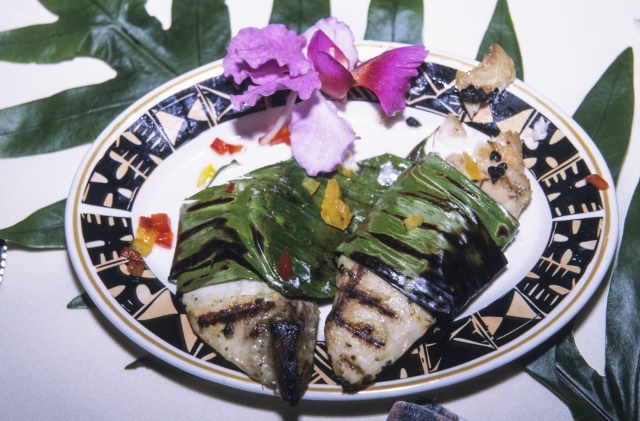by Christine Herman. Christine is the NCAREE Technical Communications Manager for the National Indian Council on Aging, Inc. (NICOA).
Healthy eating in the modern world is not always easy. Fast food and prepackaged foods offer inexpensive and easy alternatives to healthier foods or cooking from scratch. Even in remote locations, you can count on finding snacks like burgers, chips, candies, and sodas. But these kinds of foods can be harmful to our health in the long run.
A poor diet can have dramatic impact on the lives of Elders. American Indians/Alaska Natives (AI/ANs) in particular face a predisposition – a greater likelihood of developing – obesity and diabetes. Diet and nutrition play a crucial role in the overall risk that an individual experiences throughout life. Historically, however, AI/ANs did not face these health disparities. History shows how AI/AN communities have come to face these disparities and also points towards how these trends might be reversed.

Disparities Related to Diet
Research suggests that the “modern” western diet is detrimental to the health of all consumers and even more so for Elders. AI/AN Elders face disparate rates of obesity: nearly 40% of men and more than 46% of women are obese. These rates are highest among Elders, age 55-64, and are lower among older Elders.
The rates of diabetes among AI/ANs are more striking: more than 16% of AI/ANs have diabetes, a rate more than twice as high as that of the general population in the United States as a whole. Among AI/AN Elders, 30% – nearly 1 in 3 – have diabetes. Some AI/AN communities suffer even higher rates of diabetes. The Pima of Arizona have seen rates of diabetes as high as 60% in their community. The consequences of diabetes left untreated include amputations, blindness, and death, and AI/ANs are twice as likely to die from diabetes.
A variety of factors contribute to the high rates of diabetes and obesity among AI/AN Elders. Along with the predisposition for these conditions, diet, exercise, and other factors are important contributors. It is important to note that while AI/ANs are predisposed to these conditions, they were very rare just 100 years ago.

Traditional vs. Contemporary Diets & Practices
Diets have changed dramatically since the introduction of European foods into the diet of AI/ANs. The diets of AI/AN ancestors contained more complex carbohydrates (such as whole grains, peas, beans, potatoes) and fewer fats (such as meats, dairy products, and oils. While diets vary from nation to nation, traditional foods consisted of those that could be gathered and hunted in the local area, and sometimes included agricultural products like corn, squash, and beans that were introduced before European influence on diets.
The shift in the way AI/ANs eat came as a result of being removed from their homelands and relocated to reservations. The federal government discouraged AI/ANs from continuing their traditional hunting and gathering traditions, and provided commodity foods such as white flour from wheat and lard to AI/AN communities. Such food products are completely foreign to the traditional AI/AN diet. Combined with the destruction of traditional practices, the diet of the present day has contributed to the disparities in health faced by AI/AN.
To continue reading the full-length article, please go to NICOA News.
The opinions expressed in this article are those of the author and do not necessarily reflect those of the Diverse Elders Coalition.

